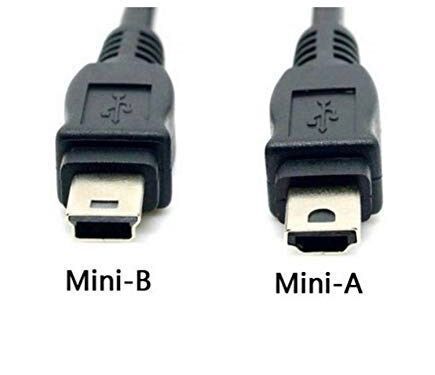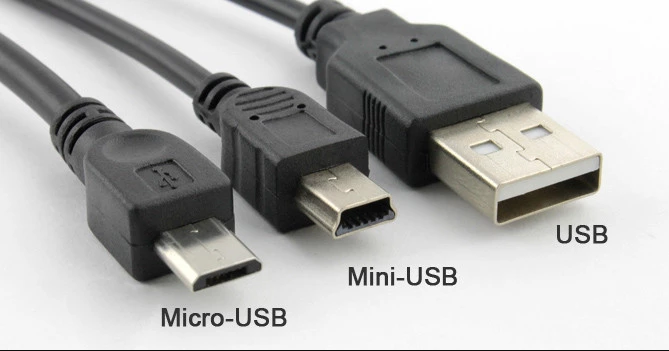In our daily life, it’s common for you to use mini USB. This article can help you learn more about mini USB and you can know how does mini USB work and the differences among other types of USB. Click MiniTool to learn more information.
What Is Mini USB?
Mini USB is the abbreviation of Mini Universal Serial Bus which is a USB interface standard. It is a technology developed for transferring data between PC and digital devices.

Mini USB is divided into A-type, B-type and AB-type. Mini B-type 5 Pin is the most common type of interface. This type of interface is superior in anti-missing performance and size, so it is winning a lot. Venders favor card readers with this interface. This preference also applies to MP3 players, digital cameras and mobile hard drives.
The mini USB cable is made of coaxial cable which transfers data and power between two devices. While one end of the mini USB cable is a standard flat-head USB hub, the other end is a much smaller quadrilateral hub suitable for mobile devices.
The mini USB cable is most commonly used to charge mobile devices, but can also be used to transfer data between computers with at least one USB port.
In addition, some mini USB cables are designed to be used only with certain brands of mobile devices which can limit charging or transferring data from a computer or standalone charger by including additional internal pins that run unnecessary voltages.
The Advantages and Disadvantages of Mini USB
Next, here are the advantages and disadvantages of mini USB.
Advantages
1. Waterproofness
The advantage of mini USB is that it is sealed and can be effectively waterproof and dustproof.
2. Portability
One of the advantages of mini USB is portable because mini USB can be placed in a pocket or even a wallet.
Disadvantages
1. Easy to lose
Due to the fact that mini USB is small, it’s easy to get lost.
2. Hard to pull out
The length of mini USB is only a little longer than the USB interface, so it will take a little more effort to pull it out.
The Differences Between Mini USB, Micro USB and Standard USB
Standard USB, Mini USB, and Micro USB are the most common USB interfaces available today. Compared with standard USB, Mini USB is smaller and suitable for small electronic devices such as mobile devices. The other differences between mini USB, micro USB and Standard USB are as follows:

1. Circuit package
Mini USB sticks and regular USB sticks are usually different in packaging. Traditional U-disks use bare PCBA boards, while mini-U-disk boards are typically packaged in UDP, commonly known as “black gel”.
2. Design time
Mini USB was designed earlier than micro USB. Mini USB used to be the mainstream USB interface mode for mobile devices. It may be possible to see the data line of this interface on some very old phones.
3. Version
The micro USB is a version of the standard USB 2.0. Micro USB is smaller than the mini USB interface used in some phones. Micro USB standardizes next-generation specifications for mini USB
4. Data transmission
The micro USB supports the current USB OTG function, which means that portable devices can transfer data without a host and provide data transmission and charging.
If you want to learn more about micro USB, you can click the link to read this passage: What is Micro USB. At the same time, you can click this link to read: Glossary of Terms – USB Flash Drive.
The Usage of Mini USB
Since the device becomes more portable nowadays, the mini USB cable can be used in a variety of applications.
A mini USB drive can be used not only as a removable storage device. It can also be applied to: for example, most mobile phones now rely on a mini USB cable for charging, and can even be linked to a computer to share and synchronize data.
Similarly, MP3 players, digital cameras and portable game consoles can be charged by a computer via a mini USB cable and share data in either direction.
If your mini USB isn’t showing files and folders, you can read this passage: 5 Methods for USB Drive not Showing Files and Folders.